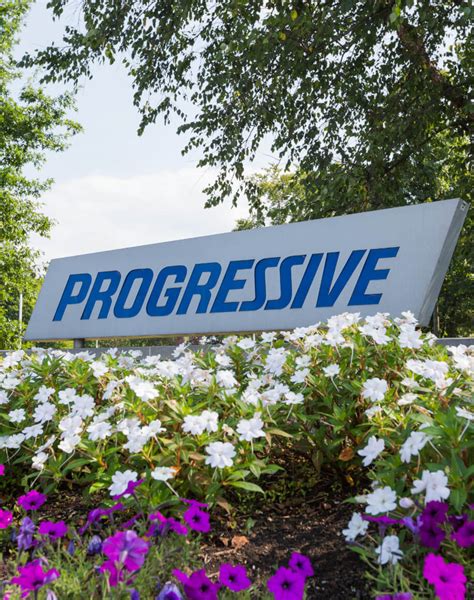How to break through a strength plateau for peak performance & muscle growth?

Every dedicated lifter eventually faces it: the dreaded strength plateau. That moment when your numbers stop moving, your muscles feel stagnant, and the initial surge of progress seems like a distant memory. This isn’t a sign of failure, but rather an invitation to re-evaluate your approach and implement smarter strategies to push past your current limits. Overcoming a plateau is key to unlocking new levels of peak performance and sustained muscle growth.
Understanding the Strength Plateau
A strength plateau occurs when your body adapts to your current training stimulus, no longer finding it challenging enough to necessitate further growth or strength gains. This adaptation is a natural biological response, but it means you need to change the game. Plateaus can be caused by various factors, including insufficient progressive overload, inadequate recovery, poor nutrition, overtraining, or even psychological fatigue.
Recognizing the signs – a lack of progress in lifts, reduced energy, increased soreness, or a general feeling of staleness – is the first step. The goal isn’t to simply work harder, but to work smarter, strategically manipulating variables to force new adaptations.

Advanced Training Techniques to Reignite Progress
The core principle of strength and muscle growth is progressive overload – consistently challenging your muscles more over time. When a plateau hits, it’s time to get creative with how you apply this principle.
Vary Your Training Variables
- Rep Ranges: If you always train in the 5-8 rep range, try a few weeks of higher reps (10-15) for hypertrophy, or lower reps (1-4) for pure strength.
- Set Schemes: Experiment with different set structures like pyramid sets, drop sets, supersets, or cluster sets to increase training density and intensity.
- Exercise Selection: Swap out primary exercises for variations (e.g., conventional deadlifts for sumo deadlifts, barbell bench press for dumbbell bench press) to hit muscles from different angles and challenge stabilizing muscles.
- Tempo: Manipulate the speed of your lifts. Slower eccentric (lowering) phases can increase time under tension, while explosive concentric (lifting) phases can improve power.
Implement Periodization and Deloads
Instead of endless linear progression, cycle through different training phases (periodization). This could involve periods focused on strength, hypertrophy, or endurance. Critically, incorporate regular deload weeks where you significantly reduce volume or intensity. A deload allows your central nervous system to recover, repairs muscle tissue, and can often be the catalyst for breaking through a plateau when you return to full training.

Optimize Your Recovery and Nutrition
Training breaks your body down; recovery builds it back stronger. This is where many individuals unknowingly sabotage their progress.
Prioritize Sleep
Aim for 7-9 hours of quality sleep per night. During sleep, your body releases growth hormone and performs critical muscle repair processes. Poor sleep directly impairs recovery and strength.
Dial in Your Nutrition
- Adequate Calories: Ensure you’re eating enough calories to support muscle growth and recovery, especially if you’re in a caloric deficit. Sometimes, a slight increase in calories can provide the energy needed to push past a plateau.
- Protein Intake: Consume sufficient protein (around 1.6-2.2 grams per kilogram of body weight) to support muscle repair and synthesis.
- Micronutrients: Don’t overlook vitamins and minerals. A diverse diet rich in fruits, vegetables, and whole grains ensures your body has the raw materials for optimal function.
- Hydration: Dehydration can severely impact performance and recovery. Drink plenty of water throughout the day.

The Mental Edge: Consistency and Mindset
Breaking through a plateau isn’t just physical; it’s also psychological. Maintaining a positive and consistent mindset is crucial.
- Set New Goals: Re-evaluate your goals. Perhaps a small, achievable increase in reps or weight is a better short-term target than a massive leap.
- Track Progress Diligently: Keep a detailed training log. Seeing how far you’ve come can be incredibly motivating, and it helps you identify what strategies have worked in the past.
- Stay Consistent: The most advanced program won’t work if you don’t stick to it. Consistency in training, nutrition, and recovery is paramount.
- Seek Feedback: Consider working with a coach or a more experienced lifter who can offer an objective perspective on your form and programming.

Putting It All Together for Sustained Growth
Breaking through a strength plateau requires a holistic approach. It’s rarely one single change that does the trick, but rather a combination of intelligent training adjustments, meticulous attention to recovery, and consistent nutritional support. Embrace the challenge as an opportunity to learn more about your body and refine your training strategy. By applying these principles, you won’t just break through your current plateau, but you’ll also build a more resilient and effective framework for continuous peak performance and muscle growth for years to come.









